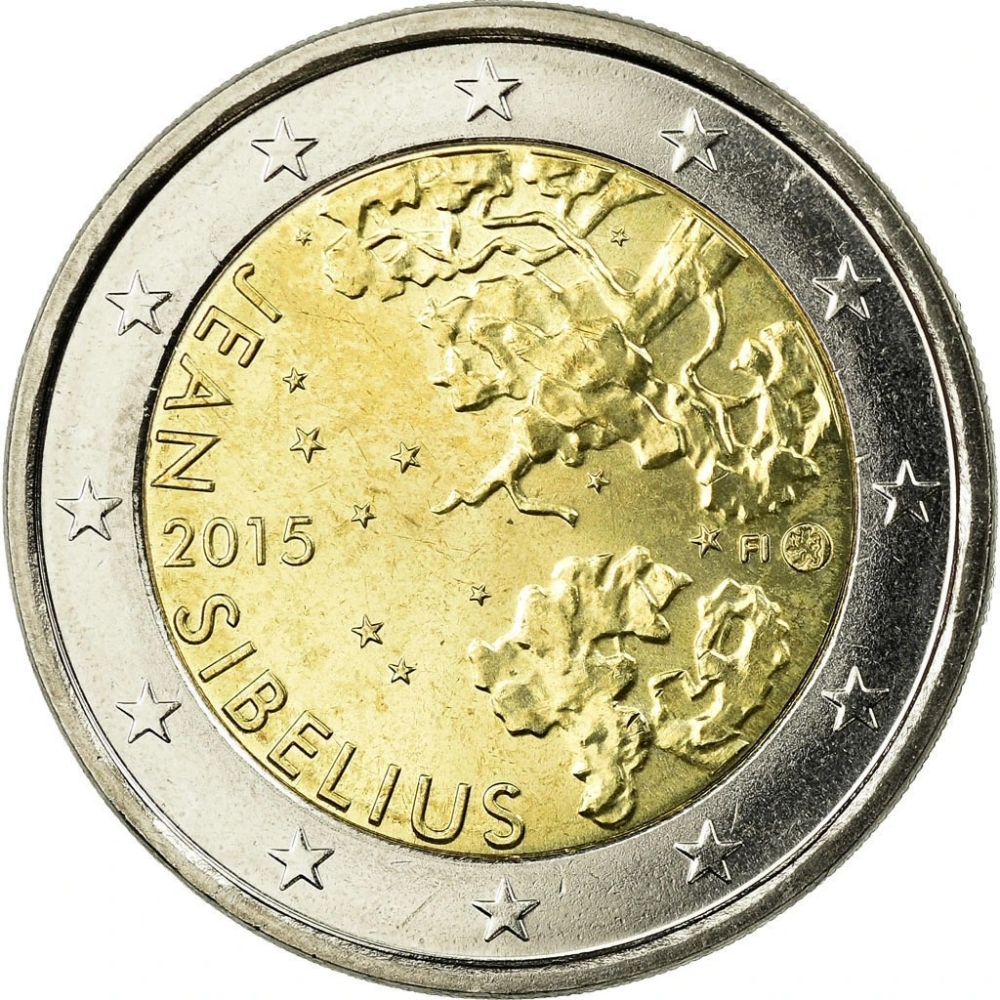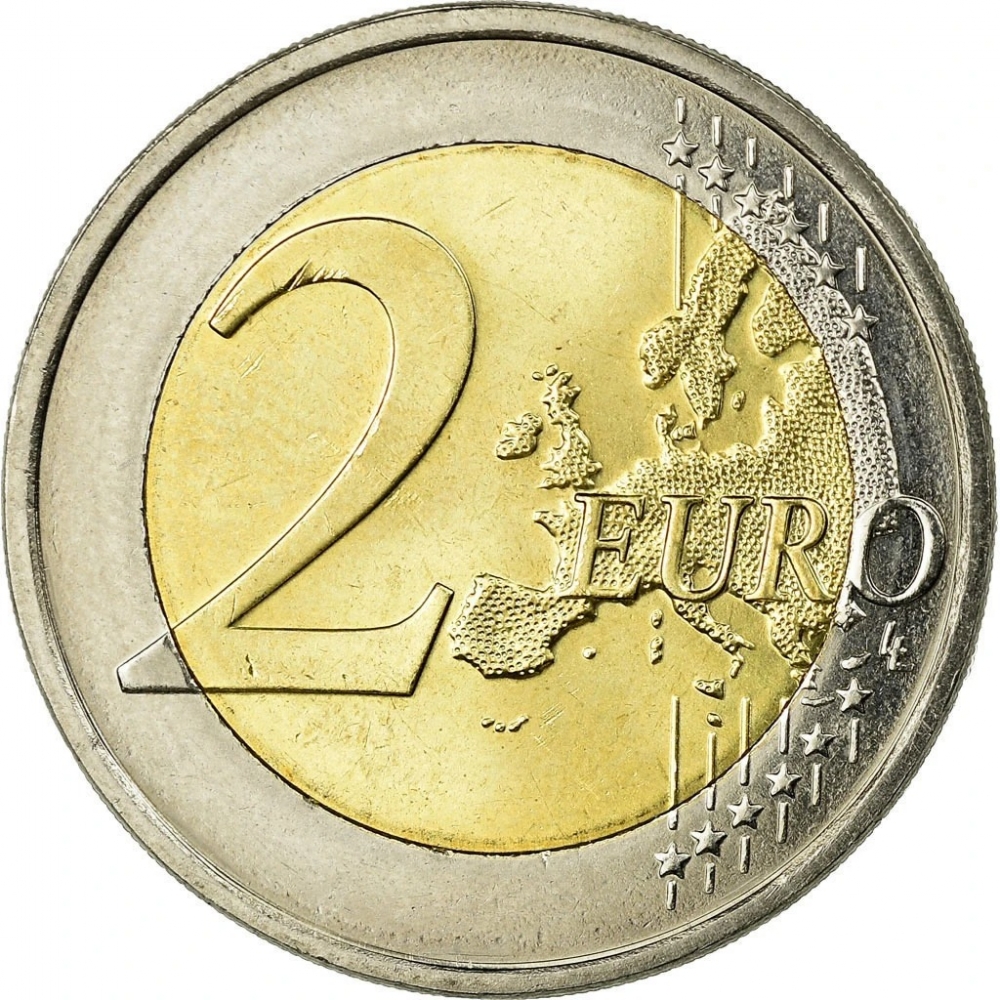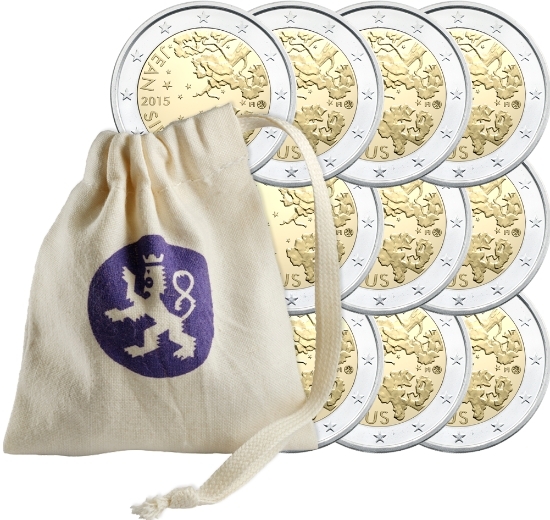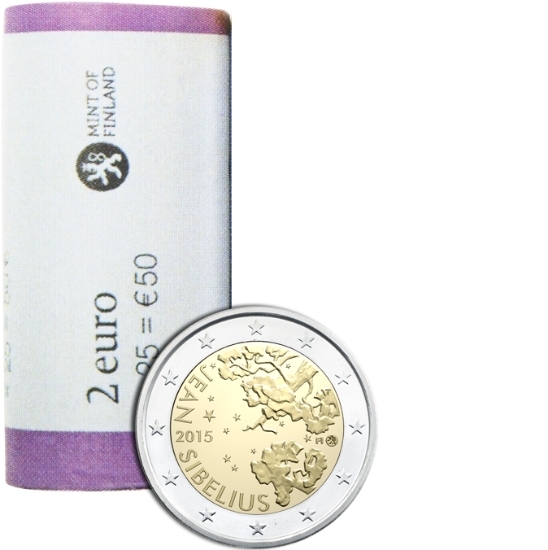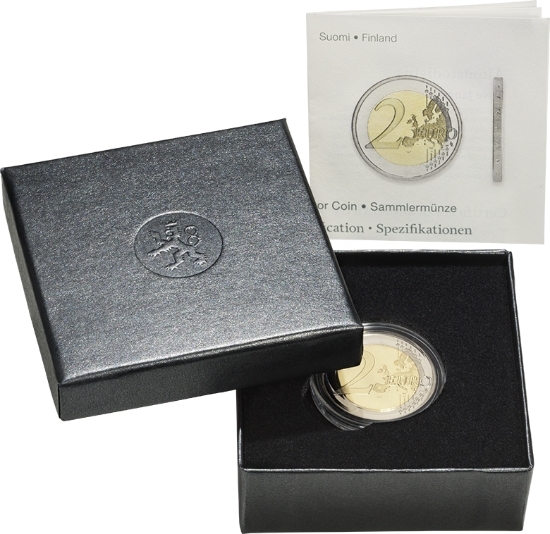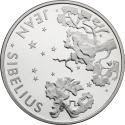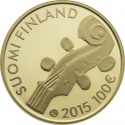You are about to finish your registration. Please check your mailbox (including spam folder). There should be a letter with a confirmation link. Check setting to make sure that your e-mail address is correct.
Send letter againDescription
Jean Sibelius (1865–1957), was a Finnish composer and violinist of the late Romantic and early-modern periods. He is widely recognized as his country's greatest composer and, through his music, is often credited with having helped Finland to develop a national identity during its struggle for independence from Russia.
The core of his oeuvre is his set of seven symphonies which, like his other major works, continue to be performed and recorded in his home country and internationally. His best-known compositions are Finlandia, the Karelia Suite, Valse triste, the Violin Concerto, the choral symphony Kullervo, and The Swan of Tuonela (from the Lemminkäinen Suite). Other works include pieces inspired by the Finnish national epic, the Kalevala, over a hundred songs for voice and piano, incidental music for numerous plays, the opera Jungfrun i tornet (The Maiden in the Tower), chamber music, piano music, Masonic ritual music, and 21 publications of choral music.
The Finnish 100 mark note featured his image until 2002 when the euro was adopted. Since 2011, Finland has celebrated a Flag Day on 8 December, the composer's birthday, also known as the "Day of Finnish Music".
Obverse

|
Depicts the starry sky of Ainola and a copse of pine trees, under which Sibelius was captured in several photographs. Ainola, meaning "Aino's place", was the home of the composer Jean Sibelius, his wife Aino and their family from the autumn of 1904 until 1972. It stands on the scenic shores of Lake Tuusulanjärvi in Järvenpää, 38 kilometers north of Helsinki, the Finnish capital. It was designed by the famous architect Lars Sonck. The only requests Sibelius had for Sonck were to include both a lakefront view and a green fireplace in the dining room. Water pipes were never installed until after Sibelius died because he did not want the distraction while he was there composing. 2015 FI |
|---|---|
Reverse

|
A geographical map of Western Europe spans the outer ring and inner core on the right side of the coin. The inscription 2 EURO is superimposed over the map of Europe, with the numeral “2” located in an open field representing the eastern Atlantic Ocean. 2 EURO |
| Edge |
"SUOMI FINLAND" (FINLAND in Finnish and Swedish, the two official languages in Finland), followed by three lion's heads SUOMI FINLAND |
2 Euro
KM# 233 Schön# 224
Swap now (1 offer)
Characteristics
| Type | Commemorative Issue (Circulating) |
| Material | Bi-Metallic |
| Ring | Cupronickel |
| Center | Nickel Brass |
| Weight | 8.5 g |
| Diameter | 25.75 mm |
| Thickness | 2.2 mm |
| Shape |
|
| Alignment | Medal |
| Mint |
Mint of Finland
|
Related coins
150th Anniversary of Birth of Jean Sibelius
